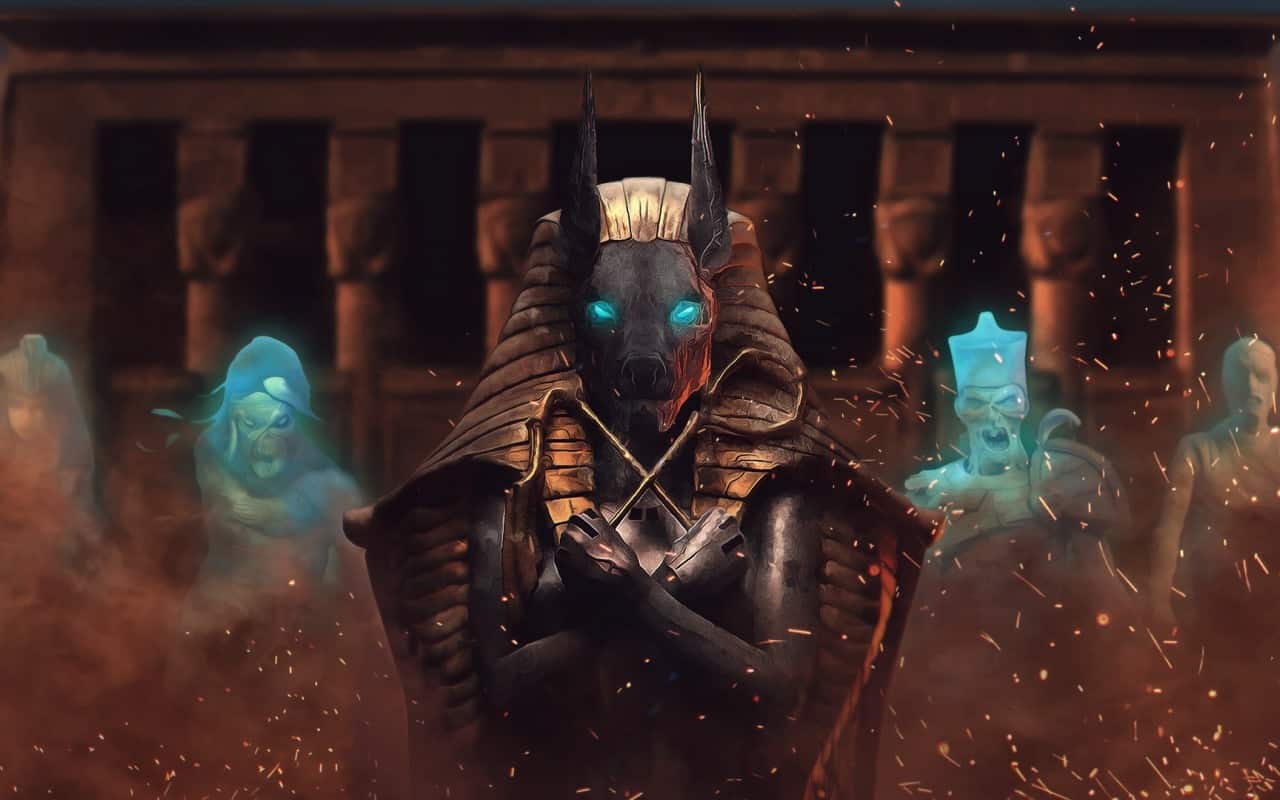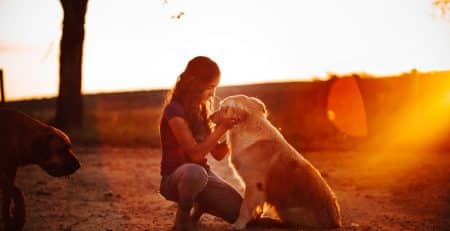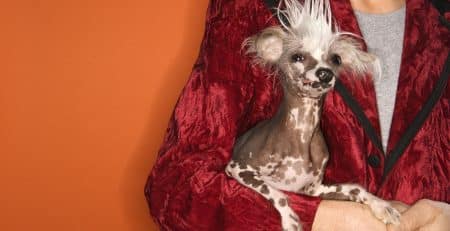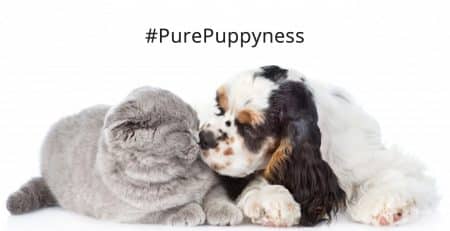Anubis
In Ancient Egypt, many animals were considered sacred. Most of the Egyptian gods had animal heads, including the god of the afterlife, Anubis. Anubis had a canine head and so has sometimes been nicknamed the dog god of Ancient Egypt.
Dog or not?
Although Anubis’ head is definitely canine, not everyone agrees what type of canine it is. In Ancient Egyptian art, he usually has black fur; this colour represented life and rebirth to the Ancient Egyptians. Some scholars claim that Anubis has the head of a dog; probably the ancestor of the Pharoah hound or Saluki.
He might have a jackal’s head. The Golden Jackal, which resembles a small wolf, was a common animal in Ancient Egypt. Even today, it has a wide habitat, ranging from Sri Lanka to the Caucasus.
Another theory is that Anubis’ head is that of the African golden wolf. This canid is still found today in North Africa, all the way from Senegal to Egypt, and even as far South as Tanzania. The African Golden Wolf lives in a burrow with a mate (they are monogamous) and sometimes even with their adult pups until the latter are ready to leave. Although they are good hunters, African Golden Wolves often scavenge food. Seeing these animals chewing bones have may inspired Ancient Egyptians to link them to the god of the afterlife.
Weighing the heart
Anubis has always been linked with death and the afterlife. He was not the ruler of the Underworld, but the god of mummification and embalming. The Ancient Egyptians preserved their dead by mummifying them and preserving their organs in containers known as canopic jars. In Egyptian mythology, Anubis mummified the body of Osiris and placed his organs in canopic jars.
Anubis was also a protector of tombs. In some tales he protected Osiris’s body from the murderous god Set, fighting him with a burning iron staff.
Anubis’ final role was that of a guide for the souls of the dead. The Ancient Egyptians believed that Anubis would take souls from the land of the living to the Underworld. Once there, the hearts of the dead had to be weighed to determine whether that person had lived and good or evil life.
The heart of the dead person was placed on a set of scales, and weighed against Ma’at, a feather that represented truth. If the heart was heavier than Ma’at, then Ammit, the crocodile goddess, would eat it. If the heart was lighter than Ma’at, the dead person could go on to enter paradise.





















